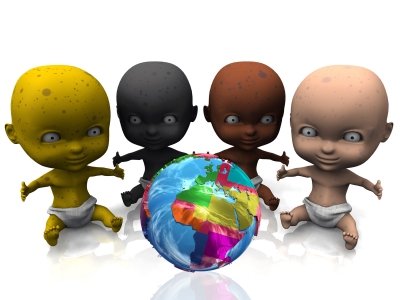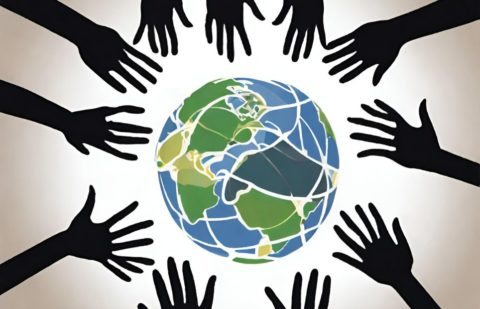Traditional knowledge has been that children are better at learning languages than adults, along with a whole host of other abilities like playing a musical instrument. Heavyweights like Noam Chomsky, professor of linguistics at the Massachusetts Institute of Technology, have supported this assumption with theories regarding the critical period of human maturation, among others. Essentially, the argument states that there is a particular period that is prime for learning skills such as language acquisition, and any time before or after that is less than prime, even much less so.
For some of us, it’s nearly enough to discourage lifelong learning. There are several explanations which support this argument, among them that very young children may learn a language by forming associations rather than by mental translations, and that young brains are just more impressionable than older ones—a sort of version of the blank slate idea.
But it turns out that this may only be part of the story. Children indeed do learn more naturally through word associations, in particular if they learn two or even three languages simultaneously without the option of translating one into another. But it can be argued that adults simply possess a different set of skills that may be no less useful in picking up a new language, albeit skills which utilize different methods.
Free image courtesy of FreeDigitalPhotos.net
For example, a string of experiments presented groups of children, 12 and 13-year olds, and adults noun-verb pairs that were pronounced and spelled differently according to whether they corresponded to animate or inanimate objects. While none of the groups were given a description of the rule or guidance on how to use it, the adults fared much better in identifying the rule and applying their knowledge. The group of 12 and 13-year olds was nearly as good at identifying the rule and applying it, while the group of children struggled with it. These particular experiments highlighted the theory that adults may be better at identifying patterns and applying their knowledge than young children—something which supports the argument that children do not learn better than adults, but that they simply possess different strengths.
Proficiency often comes down to just how frequently or how long an individual is able to practice their new language, as well as whether they receive guidance via timely corrections of their mistakes. While children who continue to learn a new language face ample opportunity to practice it over many years, generally with teachers all too willing to correct them, adults can’t necessarily replicate that learning environment. Even with full immersion in a new place where only the new language is spoken, people are often hesitant to correct an adult. Ultimately, it comes down to just finding an effective learning method according to how the individual learns—whatever their age may be—and ensuring that there is sufficient opportunity to continue refining the skill. That last factor can make all the difference between a good command of a language and proficiency.








